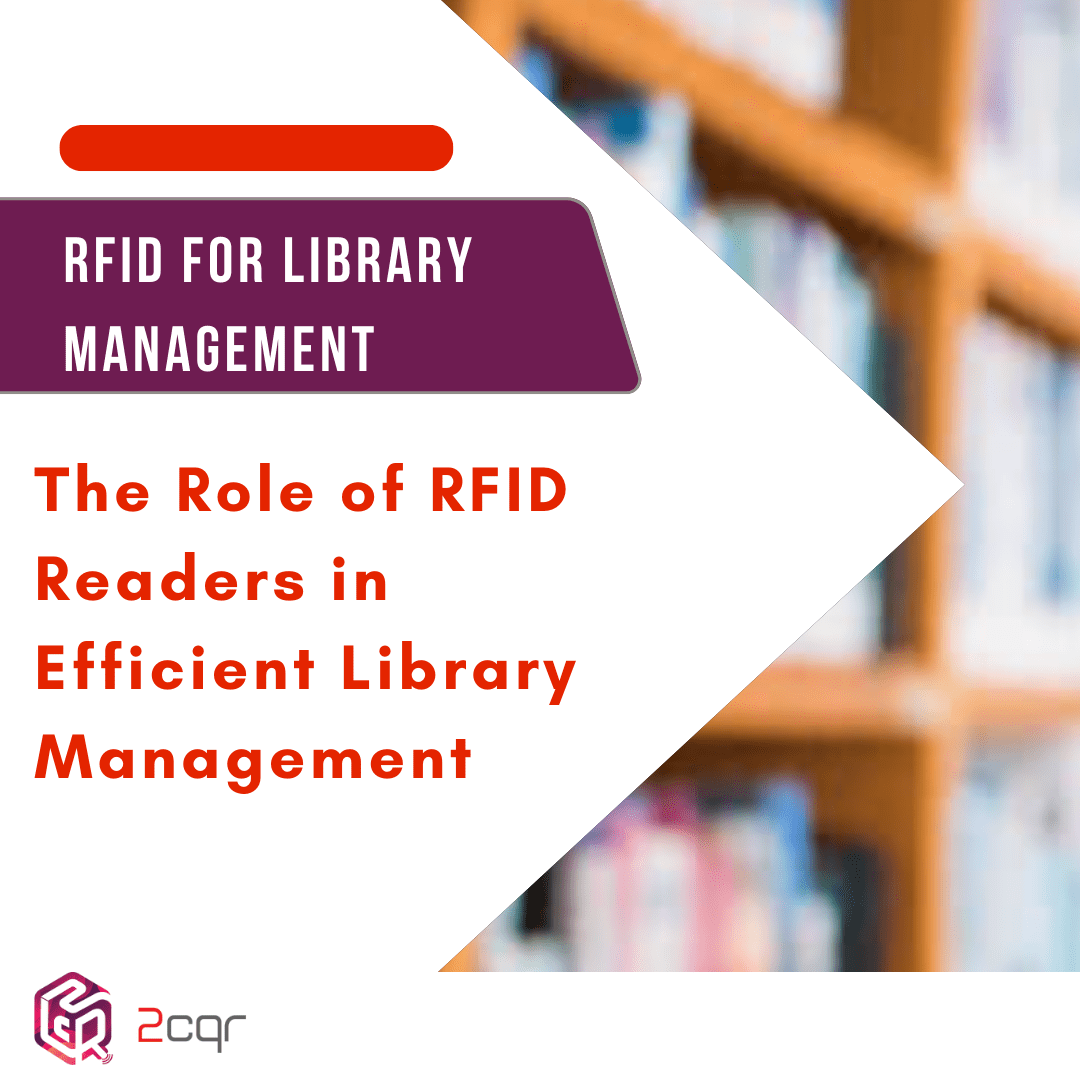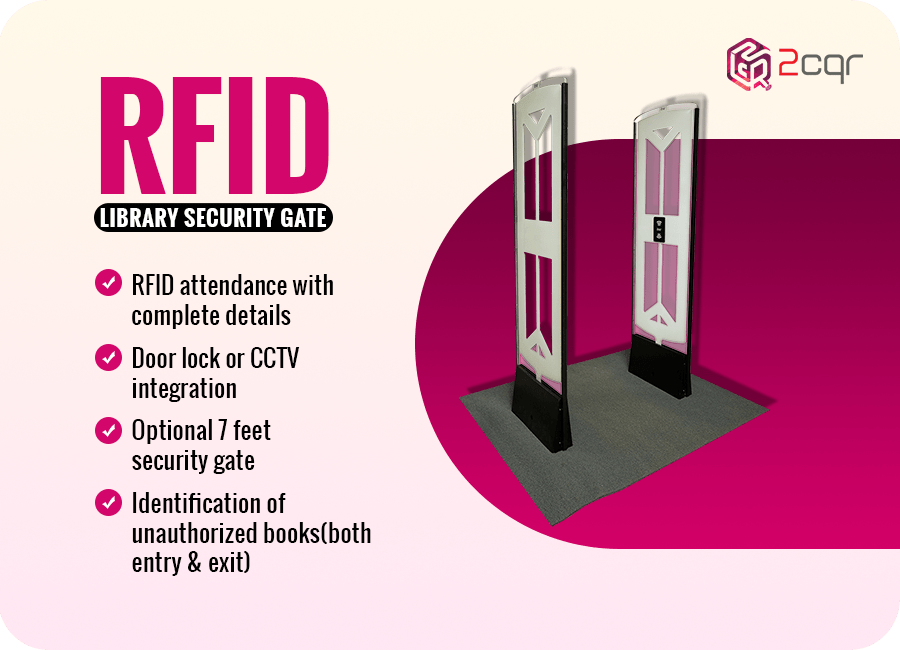
RFID technology has become a game-changer in the realm of library management, streamlining operations and enhancing user experience. Heart of this technology are RFID readers, which play a pivotal role in enabling libraries to efficiently adopt and leverage RFID systems for various tasks.
Let’s delve into the significant contributions of RFID readers for managing libraries with RFID technology effectively.
Organize the Inventory
RFID readers are instrumental in simplifying inventory organization within libraries. By reading the programmed information about the location embedded in RFID tags associated with library resources, these readers quickly identify misplaced items.
This capability empowers library staff to easily place the inventory back in its designated spot, ensuring a well organised collection. As a result, libraries can deliver a seamless user experience, saving patrons from the frustration of searching for misplaced materials.
Process the Data
RFID readers emit radio signals that activate the chips embedded in RFID tags, retrieving essential information. This data is then encrypted and processed using RFID systems integrated with library software.
Through this integration, the database is automatically updated as various library management tasks are executed. This streamlined process facilitates efficient data management, enabling librarians to focus on serving patrons rather than manual data entry.
Hassle-free Check-in and Check-out
One of the most significant benefits of RFID readers is their contribution to hassle-free check-in and check-out processes. Self-service kiosks and drop boxes equipped with readers can quickly scan books and execute multiple check-ins and check-outs within a short period.
Freeing librarians from hectic tasks, these automated systems enhance operational efficiency and allow library staff to allocate their time to more critical responsibilities, such as assisting patrons and providing personalized services.
Protect Valuable Library Resources
RFID readers strategically placed throughout libraries serve as guardians of valuable resources. They are programmed to trigger alarms when unrecorded check-outs occur.
By promptly alerting library staff to potential theft or unauthorised removal of materials, these readers enable quick intervention, helping to safeguard the library’s valuable assets. This proactive approach to security ensures the longevity and availability of resources for all patrons.
Automatic Shelving
Placing returned books back on the shelves can be a time-consuming task for library staff. However, RFID readers integrated into automatic shelving racks offer a seamless solution.
These readers efficiently read the RFID tags on the books and automatically place them in the appropriate shelves, reducing manual effort and optimizing the shelving process.
Librarians can now focus on providing quality service rather than spending excessive time on routine shelving activities.
In conclusion, these readers are integral to the successful implementation of RFID in libraries. They streamline inventory organisation, facilitate data processing, enable hassle-free check-in/out, enhance resource protection, and automate shelving processes.
By embracing this technology and leveraging the capabilities of these readers, libraries can elevate their operational efficiency, improve user experience, and create a more modern and accessible library environment.


